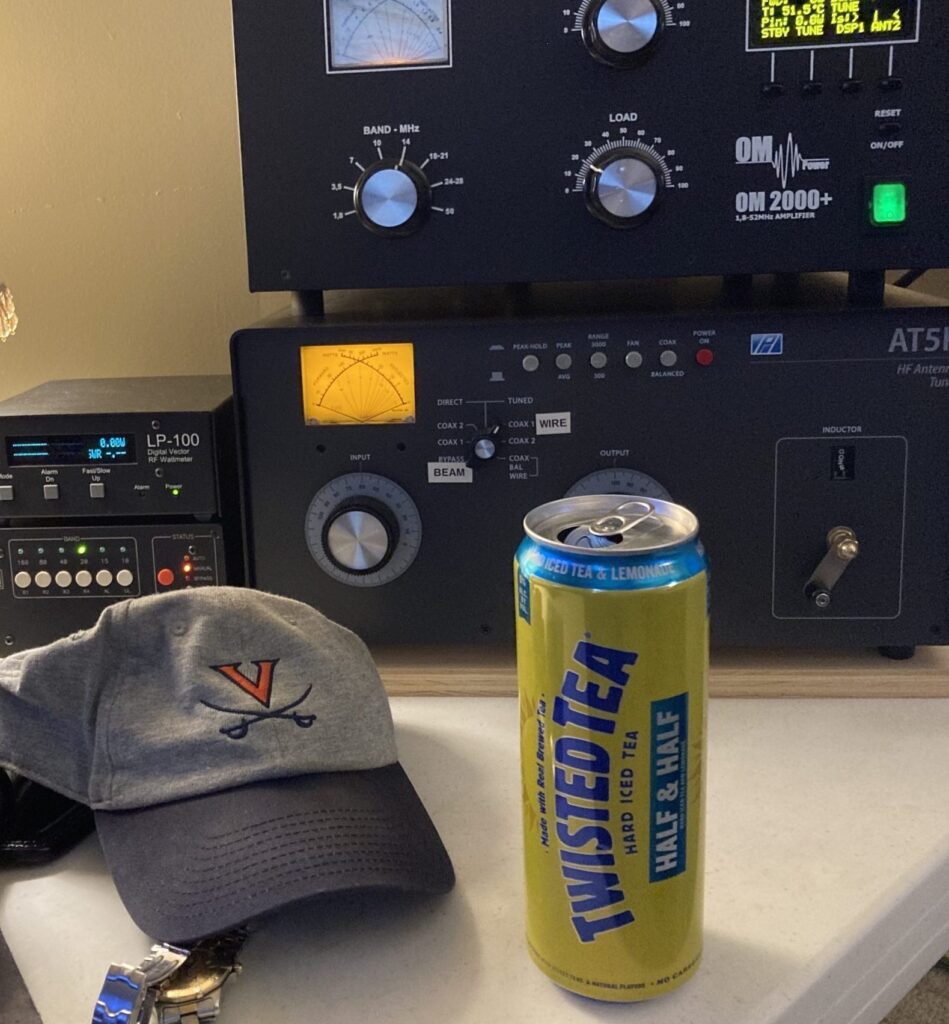
The first weekend of the year always starts off with one of the more fun and active RTTY contests, the ARRL RTTY Roundup. This year was no exception, but it came along with a major and welcome change – the introduction of a multi-operator/two-transmitter category (aka M/2). In years past we have operated as multi-single and wanted the chance to set the first M/2 record in the 8th call area for this contest. Participating operators were KB8O, KM8V, NQ8O and AB8M. (We won’t know for a number of months if we achieved our goal, but we’re very happy with our score based on what we are seeing reported from other M/2 entrants. )
The first thing we did this year was walk in with a plan. I feel comfortable speaking for all of the Black River Radio Operators when I say that we’re not big on meetings or planning, but we at least sketched out some high level guiding principles for the weekend.
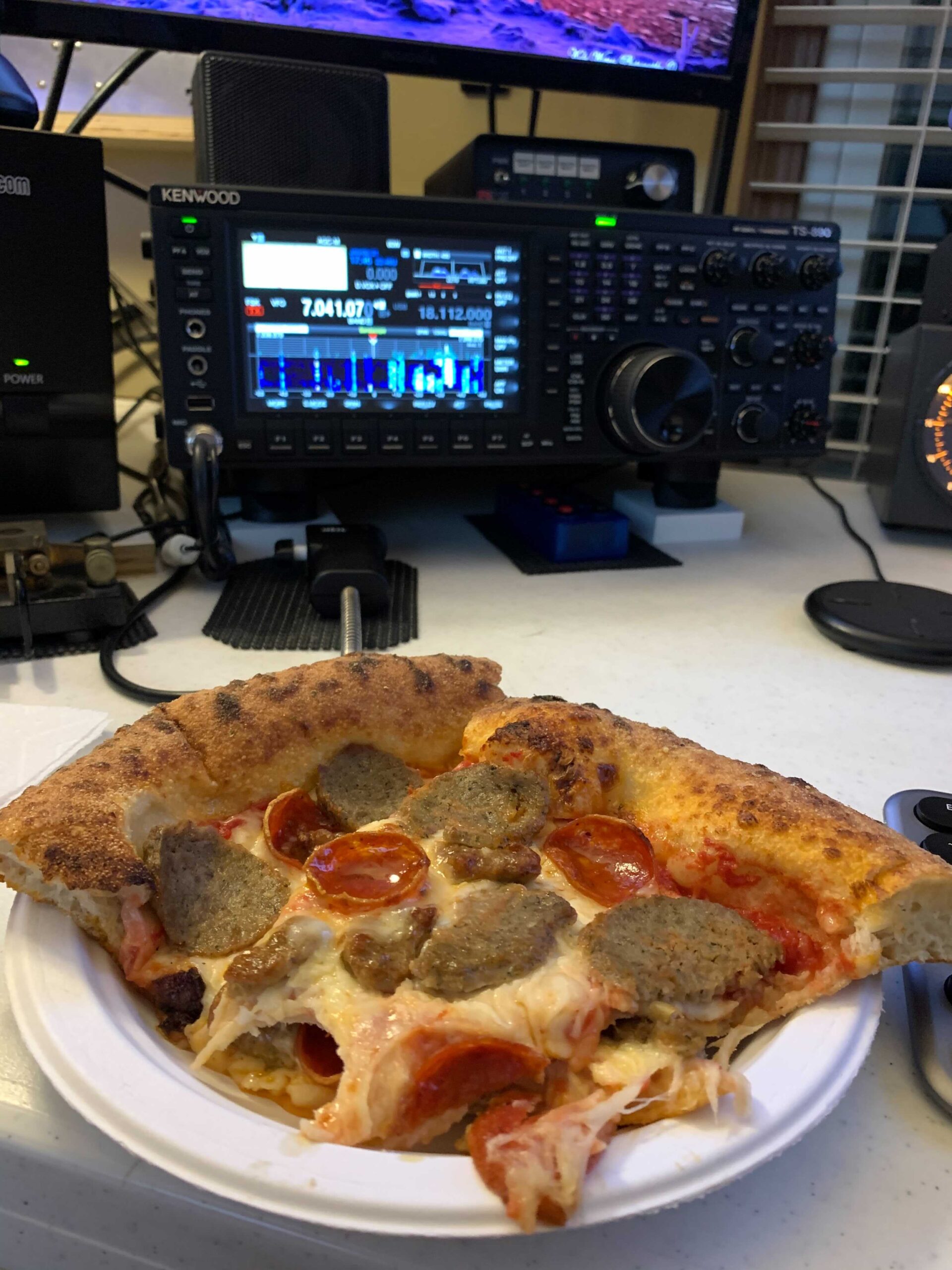
Principle One: Have a schedule to maximize “butts in chair” time. This sounds like a no-brainer, but we’re also a pretty social group and ham radio is often a fun excuse to get together. We limited that. NQ8O and KB8O started the contest at 1pm ET. AB8M arrived after 6pm and relieved NQ8O. For the late night hours, KB8O slept and AB8M configured the station to operate both the 80m and 40m transmitter from a single station. As the sun came up and the bands opened again, we went back to two operators. KM8V arrived Sunday afternoon and relieved AB8M. As a result, we maintained two stations on-the-air for the entire 30 hour contest. Also, have a schedule of what times to check other bands – get on 20 earlier than you’d normally expect it to be open if you want the best chance of EU, Middle East, or African countries.
Principle Two: Check the FT modes for unique stations that are not doing RTTY. (Now, I’m not a fan of having FT modes available for the RTTY RU, especially since there is now an FT RU, but it’s available per the rules and my personal curmudgeonly opinions do not overrule my desire to achieve the best score possible.) KB8O and I last did ARRL RTTY RU as a group in 2019 (M/S, 1330 Qs) and worked no digital modes other than RTTY. As a result, we probably missed out on some calls that we could have logged. Also, FT continues to expand in popularity, and while the rate for FT8 is a major disadvantage, FT4 makes it more palatable. FT also lends itself to marginal conditions better than RTTY and it is very popular at the moment. So, one of the ideas for this year was to check FT4 and FT8 when conditions were rough or the rate was falling off for RTTY and pick up those stations we would otherwise miss out on.
Principle Three: Be flexible with the above two. This isn’t the orient express, any time tables or schedules other than the beginning and end times of the contest are subject to change. It is still about having fun.
Principle Four: I don’t even need to list this one, it goes without saying. Bring cold 807s for the entire group.
So, how did it go?
Saturday: The contest started slow. 15 meters was a dog on Saturday afternoon in Ohio and 20 wasn’t exactly killing it as it was already dark in eastern Europe by the time the contest started at 17:00 UTC. 15 was quickly abandoned for 40 while NQ8O continued to tough it out on 20 and the team hoped Sunday would be a better day. Our feelings 4 hours into the contest are best described by Charlton Heston in True Lies. Operations on 40 and 80 through the evening and night were great. Both stations maintained good rates until after 07:00 UTC. Our best run for the contest was recorded between 01:54 and 03:55 UTC for 149 Qs at a rate for 73.5/hr. Our best run on 80m was between 00:29 and 03:48 UTC for 209 Qs at a rate of 63/hr – and we followed it up 30 min later between 04:18 and 06:20 UTC with a run of 102 Qs at a rate of 50.1/hr.
Sunday: By 07:30 ET I was reconfiguring the 80m station for 20m, had the Optibeam pointing to Europe and we were putting contacts in the log shortly thereafter (note below on EU). This time of year, coupled with where we are in the sunspot cycle, morning is the best time to try and get EU, Middle East, Africa on 20 meters or above. So, as they say, “make hay while the sun shines.” 20m was almost all EU from the time we started on Sunday at 12:35 UTC. About 16:00 UTC stations from the 6th and 7th call area were also coming in on the back of the beam. By 16:45 UTC the beam was pointing west – this was going to be a mostly stateside contest for the rest of the day. 15 meters mostly refused to cooperate on Sunday, so it was primarily operations on 20m and 40m for the majority of the day. (ND2T and KT7E had hundres more contacts on 15m than anyone else in the M/2 category showing on contestonlinescore.com, so there must have been better conditions on the west coast than we saw here.)
What about those FT modes, anyways? I walked into the weekend thinking we’d pick up 50 or so additional contacts. I never would have expected to have had more than 300 contacts. But, remember what I said above as “Principle Three?” Be flexible. As 20 was still acting squirrely on Sunday, I found myself going to FT4 and FT8 and finding new stations calling. Ultimately I ended up working out a little system starting around 17:00 UTC. Top of hour – switch to FT4 and work the new ones or any multipliers. Switch to FT8, look for multipliers or easy ones to work (high s/n values) – don’t get stuck on FT8 it is too slow. Go back to RTTY, sweep the band from the top down. Or, go back to RTTY and find a clear spot and start calling. Either way, go out and find the contacts if they’re not coming to you.
| Operators: KB8O, KM8V, NQ8O, AB8M | 80M: 543 RTTY, 49 FT |
| States and Provinces: 55 | 40M: 816 RTTY, 96 FT |
| Countries Worked: 58 | 20M: 347 RTTY, 190 FT |
| Total QSOs: 2102 | 15m: 61 RTTY, 0 FT |
| Total Score: 237,526 |
A note on working Europe early in the morning: Here’s a little “trick” I tried and was happy with the results – your mileage may vary. When the band is just coming up and signals are still very weak, it can be difficult to know if you are being heard in EU as the band has already been open there for hours. If you drop into the middle of the RTTY sub-band, odds are there’s a bunch of stations already operating who are much louder to their neighboring EU countries than you are. One can easily be CQing into the abyss unaware that they’re in the muck beneath a station that is S9 to the others in the region you are trying to work. (This is also a disadvantage that operators in the 6th and 7th call area have for stateside contests. We’re already open and working here and have filled the band.) I tried a little trick based on some spotting assistance (allowable for multi op and single op unlimited stations) and lo-and-behold it worked. Throughout the contest we were importing spot information into N1MM+ (contest logging program). When I went to 20 early, I pulled up the bandmap window which lists all the spots on that band and their age. From there, I moved above the highest spot (one can also use below the lowest spot), confirmed the frequency was clear on my end, and started calling. On the 2nd call, SN7Q answered and we were in business.
73 de KB8O AB8M NQ8O KM8V
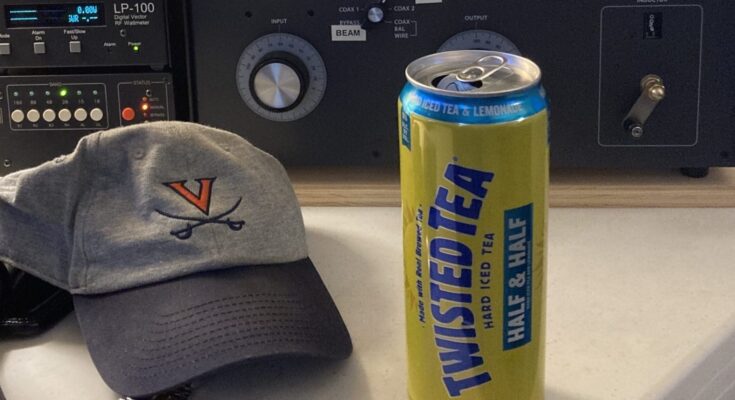
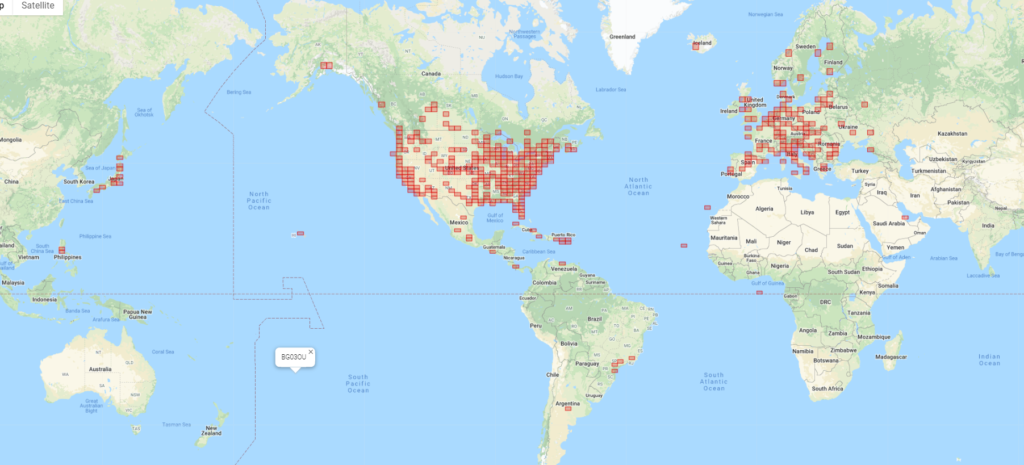

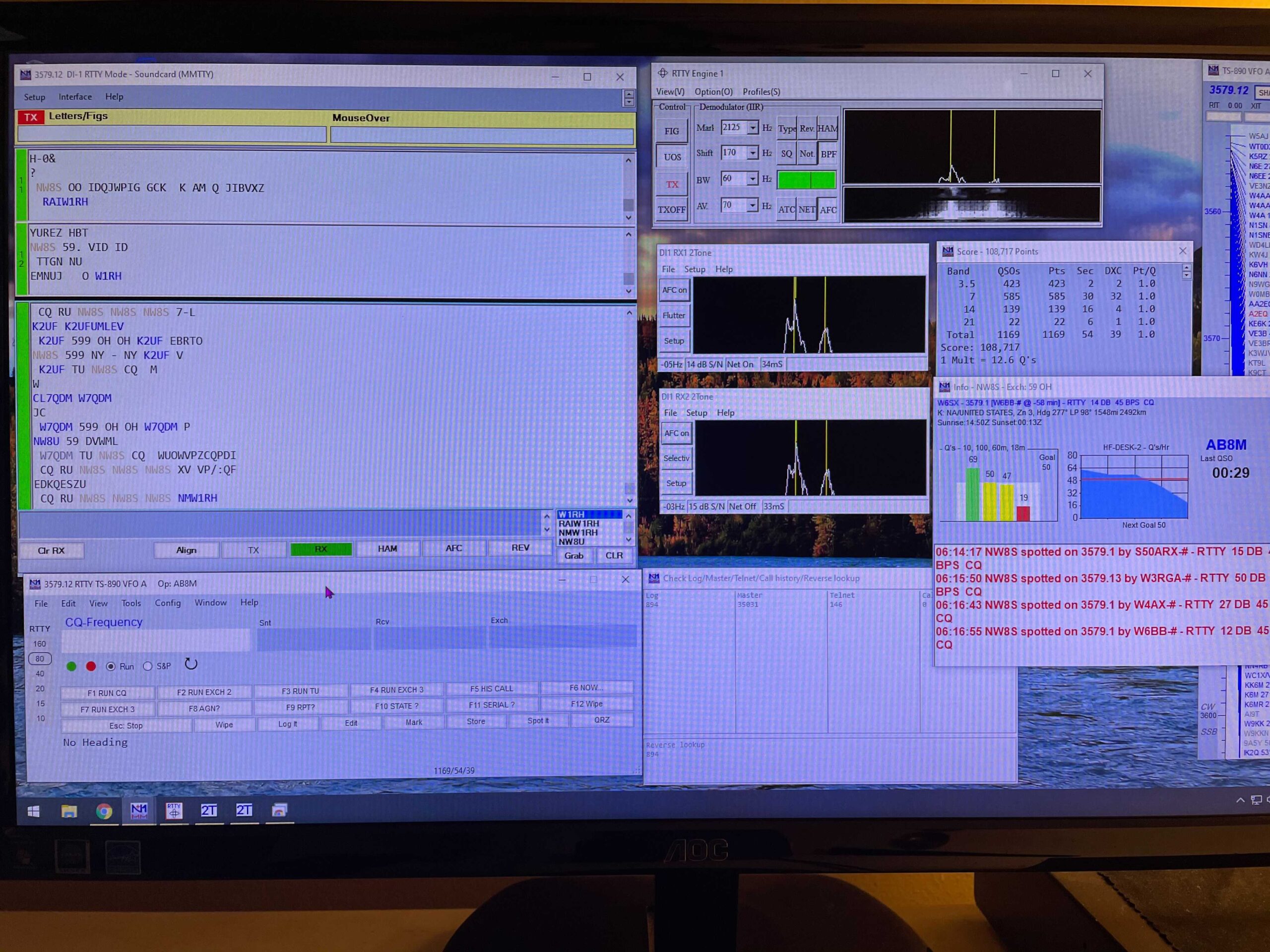
One Comment on “Roundup of the January ARRL RTTY Roundup”
Comments are closed.